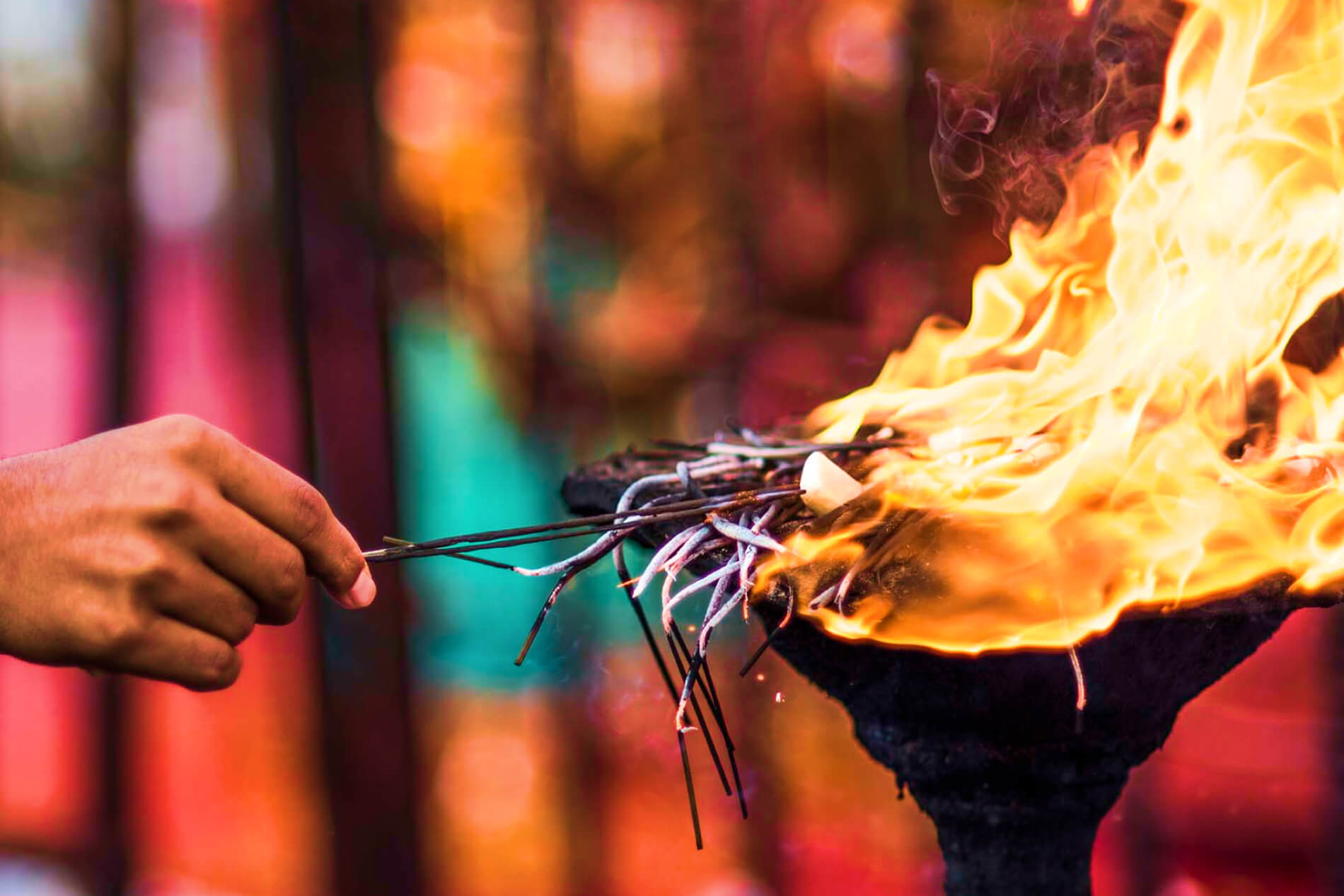
Pujas & Festivals
Daily & Weekly Sevas
As the temple gets a huge number of visitors, the system for viewing the image and of various sevas is complicated, so do check at the temple website. Once Daiwik Hotels Tirupati is operational you can ask at the hotel reception for help. We will provide you with the schedule and also help you with the arrangement for you to take part in the ceremonies.
SEVA BOOKING
Tickets have to be booked in advance to be part of the Seva ceremonies and these are not easily available. Paid Sevas are called Arjitha sevas and have to be booked in advance.
Please book the tickets before booking into hotels. Check the website of the Tirumala Tirupati Devasthanam: www.tirumala.org
A wide variety of religious rituals are performed at the Venkateswara Temple. Here these puja ceremonies are called sevas and there are daily sevas and the weekly sevas. Only people who have bought tickets are allowed to view these sevas. The timings of the seva schedule also changes on every day of the week. So please check at the hotel reception for the seva schedule of that day.
The free Sarvadarshanam, when pilgrims can view the deity is usually between 7am and 7pm every day. The Sudarsha darshan is by a paid ticket and is faster.
SEVA DEITY
The Suprabhatam, Thomala Seva, Sahasranama Archanantra and Ekanta Seva are performed for the mula vigaraha or the main deity in the sanctum. The others are performed for the utsava murtis, the smaller, metal processional images. Tickets have to be purchased to view these sevas
DAILY SEVAS
This is the first and most important seva of the day when Lord Venkateswara is awakened with the chanting of mantras and singing of hymns at 3 am in the Sayana mandapam. The Navaneeta Arati is performed.
THOMALA SEVA
The image is decorated with flower and tulsi leaf garlands and anointed with the water of the Akasha Ganga.
SAHASRANAMA ARCHANANTARA
The 1008 names of the Lord are recited before the main deity in the sanctum.
KALYANOTSAVAM
Celebrates the marriage of the Lord with his consorts Sridevi and Bhudevi . They exchange garlands with the chanting of mantras.
ARJITHA BRAHMOTSAVAM
A daily Brahmotsavam is conducted when the image is placed in various vahanas or vehicles in the Vaibhavotsava mandapam.
DOLOTSAVAM
The icons of Venkateswara, Sridevi and Bhudevi are placed on the swing in the Aina Mahal to the accompaniment of chanting.
SAHASRA DEEPALANKARA
Every evening a thousand oil lamps are lit in the Unjal mandapam. The icons are placed on a swing and prayers are chanted.
EKANTA SEVA
This is the last ritual of the day when the silver image of the Bhoga Srinivasa is taken from the sanctum to the Sayana mandapam and placed on a golden cot for the night.
SPECIAL WEEKLY SEVAS
- VISHESHA PUJA (Monday): In this early morning puja the utsava murti is anointed with milk, water and sandalwood paste, followed by an abhishekha arati.
- ASHTADALA PADA PADMARADHANA (Tuesday): 108 gold lotuses are placed at the feet of the main image in the sanctum as the Lord’s 108 names are recited.
- SAHASRA KALABHISHEKHAM (Wednesday): During this seva there is the bathing of the deity with a thousand pots of water perfumed with sandalwood paste
- THIRUPPAVADA (Thursday): Sanctified food or naivedyam is offered to the deities including rice and sweet preparations.
- ABHISHEKHAM (Friday): This is the ritual bath of the main deity with sanctified water being poured over the image through a conch covered in gold. Then the deity is bathed in milk, anointed with sandalwood paste, saffron and refined camphor, followed again by water. The abhishekha water is distributed to devotees.
Festival Calendar
There are a number of festivals celebrated every year at the temple. Many of them involve the utsava murtis being taken out in procession so that all devotees can see them. As these festivals are celebrated according to the Hindu lunar calendar, the exact dates of these festivals change every year, so please check the temple website or at the hotel before making your bookings.
BRAHMOTSAVAM
Legends say this festival was started by Lord Brahma. This festival is celebrated in September/October in the Tamil month of Purattaasi and lasts for eleven days. Every day, in a ritual called Kovil Alvar Thirumanjanam, the sanctum is cleaned with a mixture of sandalwood, camphor and saffron. In the ritual called Dhvajaarohan, the head priest raises the temple flag on the Garuda Sthambha.
Every morning and evening, the utsava murtis of Venkateswara, Sridevi and Bhudevi are taken out in a magnificent procession in various chariots and palanquins. The chariot festival, Ratha Utsavam takes place on the eighth day. On the tenth day the images are bathed in the temple tank, Swami Pushkarini.
VASANTOTSAVAM
This spring festival is celebrated for three days in the month of Phalguna in March/April. Images of the Lord and his consorts are taken to the Vasanta Mandapam for an abhishekha ceremony. On the third day other images are also taken out in a procession.
KOILALWAR THIRUMANJANAM
This is a purification ceremony of the sanctum that is done four times every year. All images and other articles are removed except for the main image and the sanctum is purified with kumkum, camphor, sandal paste, saffron and turmeric and then washed with water. Purification pujas and naivedyam or prasad is offered to the deity.
PAVITROTSAVAM
This is a purification ceremony conducted for three days. It starts on shukla dashami day in the month of Shravana, in August. There are recitation of mantras, Vedic chanting and the singing of the Prabandham and with homams. The image is decorated with a special garland of five colours that look like a garland of beads.
PUSHPAYAGAM
This ceremony takes place a month after the annual Brahmotsavam festival in September/October. On this day there is a colourful procession with people carrying baskets of flowers and the Lord and his consorts are worshipper with the flowers.
TEPPOTSAVAM
Every year in Phalguna this festival is celebrated in the Swami Pushkarini for five days. Images of Rama, Rukmini, Krishna, Venkateswara, Sridevi and Bhudevi are taken out on a boat on the pool.
ABHIDEYAKA ABHISHEKAM
This three day festival in Jyeshta, in July is to protect the utsava murtis from damage. The images are placed in the Kalyanotsava Mandapa and on the first day adorned with the vajrakavacham (armour studded with diamonds), the second day with muthyala kavacham (armour of pearls) and on the third day by svarna kavacham (armour of gold) and taken out in grand processions.
PADMAVATI PARINAYAM
This three day festival celebrates the celestial wedding of Lord Venkateswara and goddess Padmavati in the Kalyana Mandapa. Celebrated on the navami, dasami and ekadashi of the month of Vaisakh, in May, the Lord arrives in different vehicles like the garuda vahana, gaja and ashva vahana and Sridevi and Bhudevi are brought in palanquins. There are cultural programmes like harikatha, dance and musical performances.
PUSHPA PALLAKI
The annual accounts are presented to the Lord on Anivara Asthanam, in July and a new financial year begins with Dakshinayan, when the sun moves to the south. In the evening Lord Venkateswara and his consorts are adorned with gold and precious gem ornaments and taken out in a procession in a palanquin richly decorated with flowers.
Unique rituals – the hundi/tonsuring of hair
There are some ceremonies that are unique to the temple at Tirumala. These are the giving of gifts in the hundi and the tonsuring of hair.
THE HUNDI
One of the meanings of the name Venkatesa is ‘lord of the burning debt’ as he is paying off his debt to Kuber, the god of wealth. This is the loan he took for his marriage to Padmavati. This has led to the tradition of donating money, gold and precious stones by devotees in the huge collection bag called the Hundi as they hope that the Lord will reward them in return. This tradition has made Tirumala the richest temple in india.
TONSURE OF HAIR
Devotees who pray to Venkateswara for a blessing often make a vow to give him their hair. It is also a way to give up on one’s ahankara or ego through their worship. Also small children are given their first hair cut here. There is no record of when this practice started and today so many go through this ceremony that a special building the Kalyana Katta, houses the barbers who shave off the hair.
Useful Facts
Devotees should be prepared for a long wait to enter the temple. Shoes and mobile phones are not allowed when they join the line for entering the temple. So do remember to leave them in your vehicle.
- There is a free shuttle service from Tirupati to Tirumala at regular intervals.
- The temple is run by the Tirumala Tirupati Devasthanam. It runs educational institutions, hospitals and free medical clinics.
- Over 50 thousand pilgrim visit the temple every day with higher numbers on festivals. Because of the pressure of people, each pilgrims only get a view of the image for a few seconds
- There are two queues, the Sarvadarshanam which is free and the Sudarshna darshanam with the purchase of a ticket.
- Free food and accommodation is offered to all pilgrims.
- Free meals are served at the Nitya Anna Dana Hall.
- The prasadam at the temple includes the famous Tirupati ladoos.
- No photography is allowed inside the temple.
- The free Sarvadarshanam is usually between 7 am and 7 pm and can take from 8 to 12 hours in the queue.
- Special Sudrashna darshans are faster and for that tickets have to be purchased.
- Temple Website:www.tirumala.org
Find Your Perfect Read
Explore More
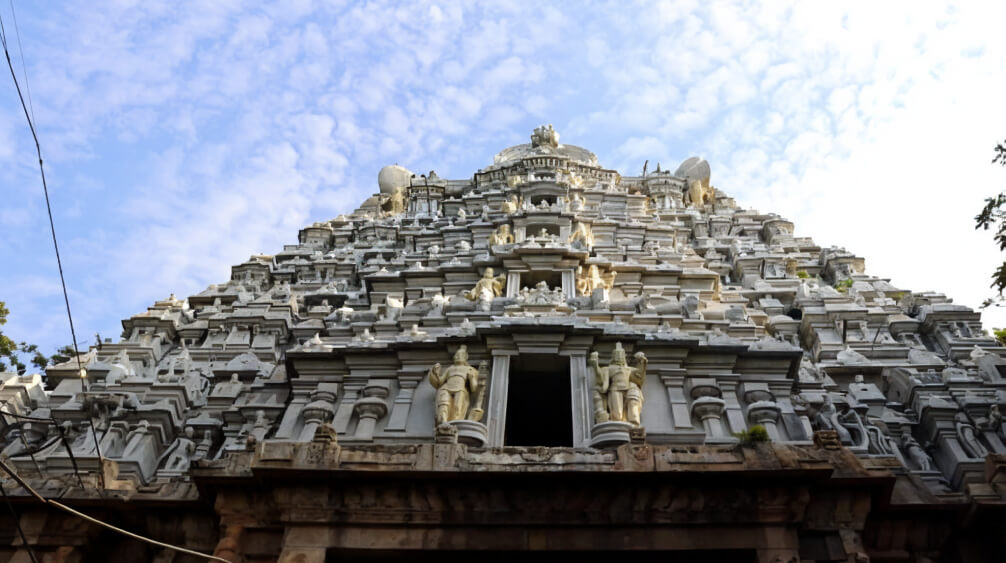
Tirupati-Tirumala
Daiwik Hotels welcomes you to one of the most famous Hindu pilgrimages in India.
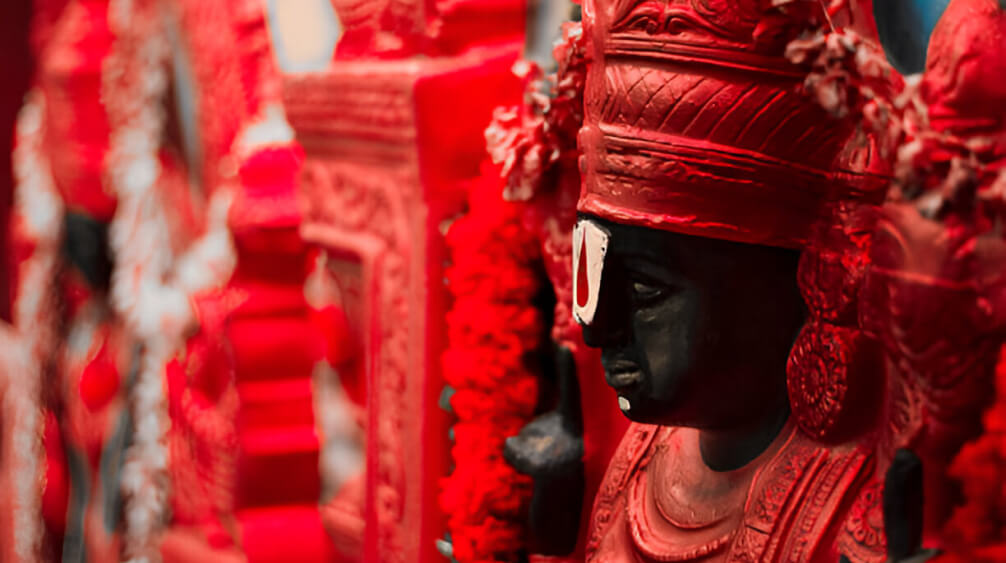
Balaji Venkateswara
The deity of Lord Venkateswara at Tirupati-Tirumala is a form of Lord Vishnu.
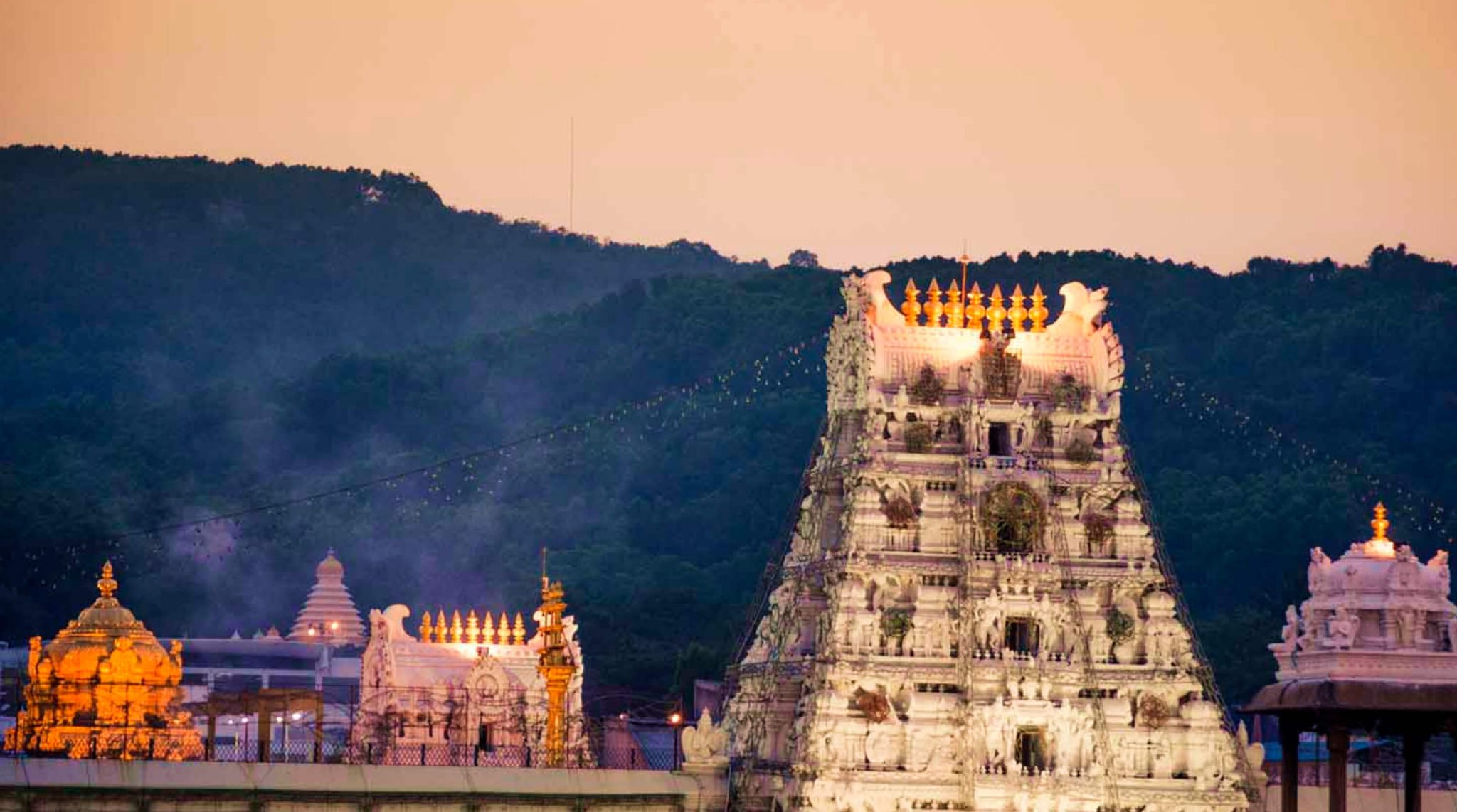
The Venkateswara Temple
The full name of the temple is Tirumala Venkateswara Devasthanam.
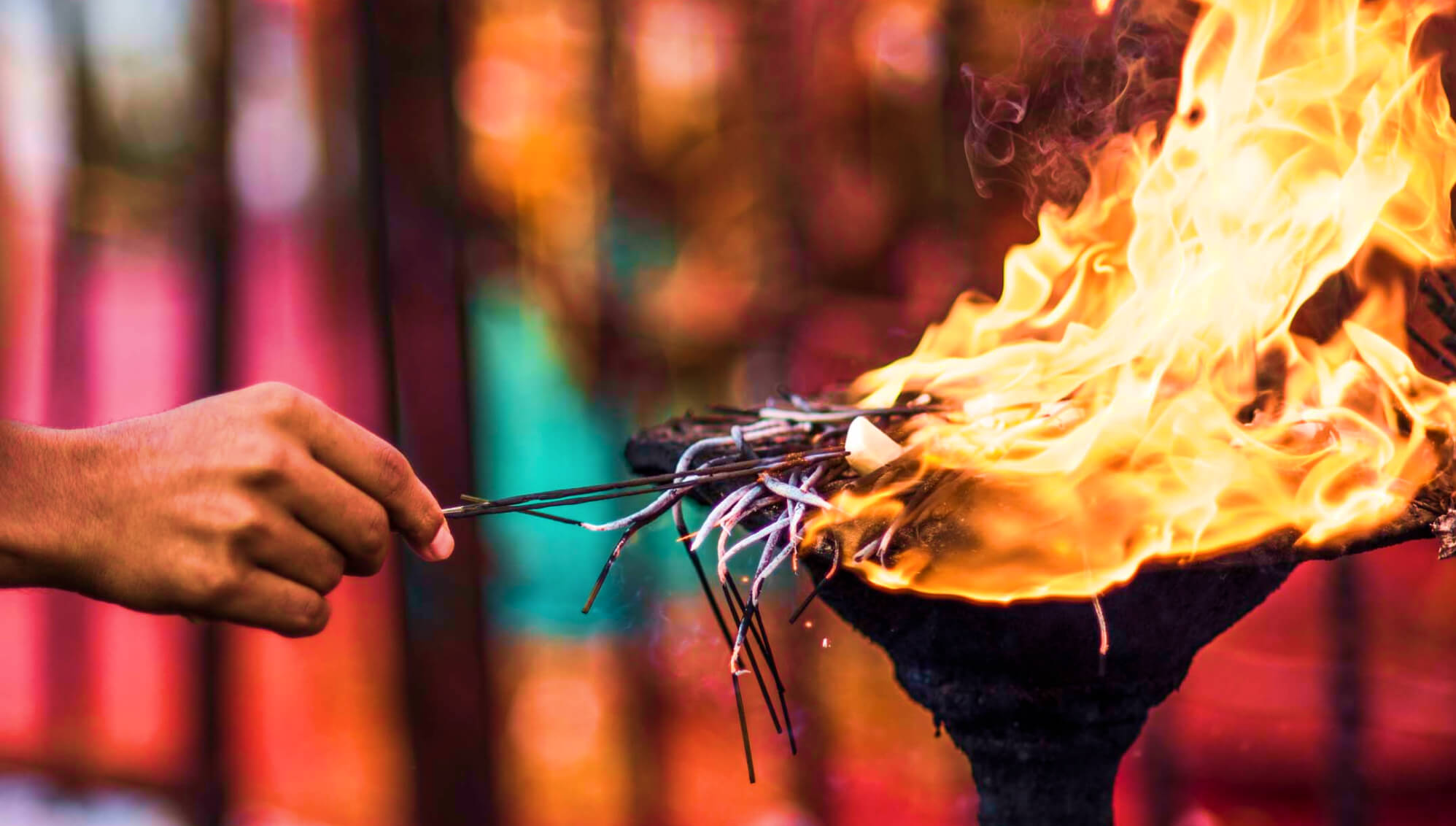
Pujas & Festivals
The religious rituals called Sevas and annual festivals never stop at the Venkateswara Temple.
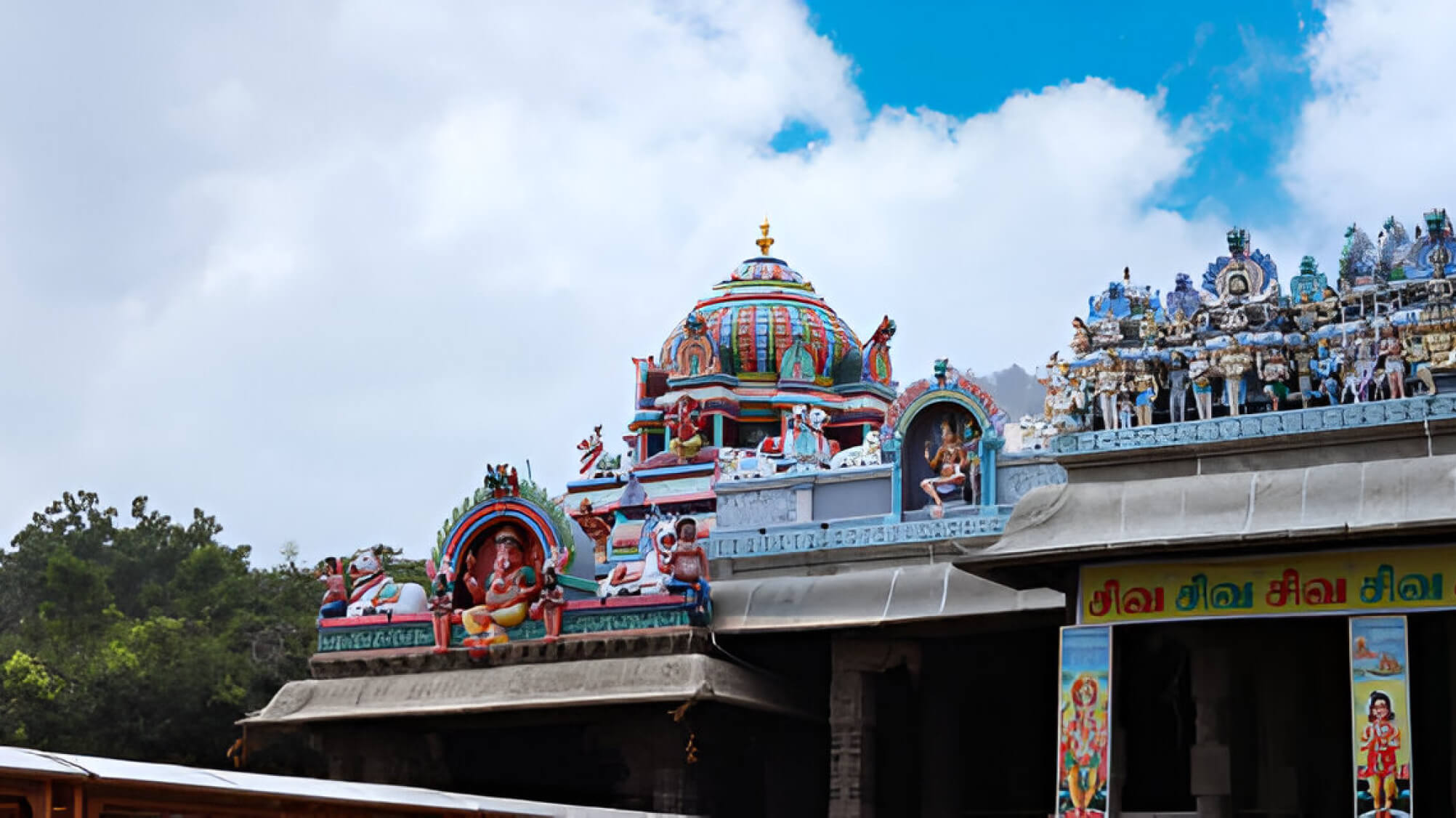
Other Places of Interest
There are a number of temples in Tirumala itself, also in the town of Tirupati and in nearby Tiruchanur.
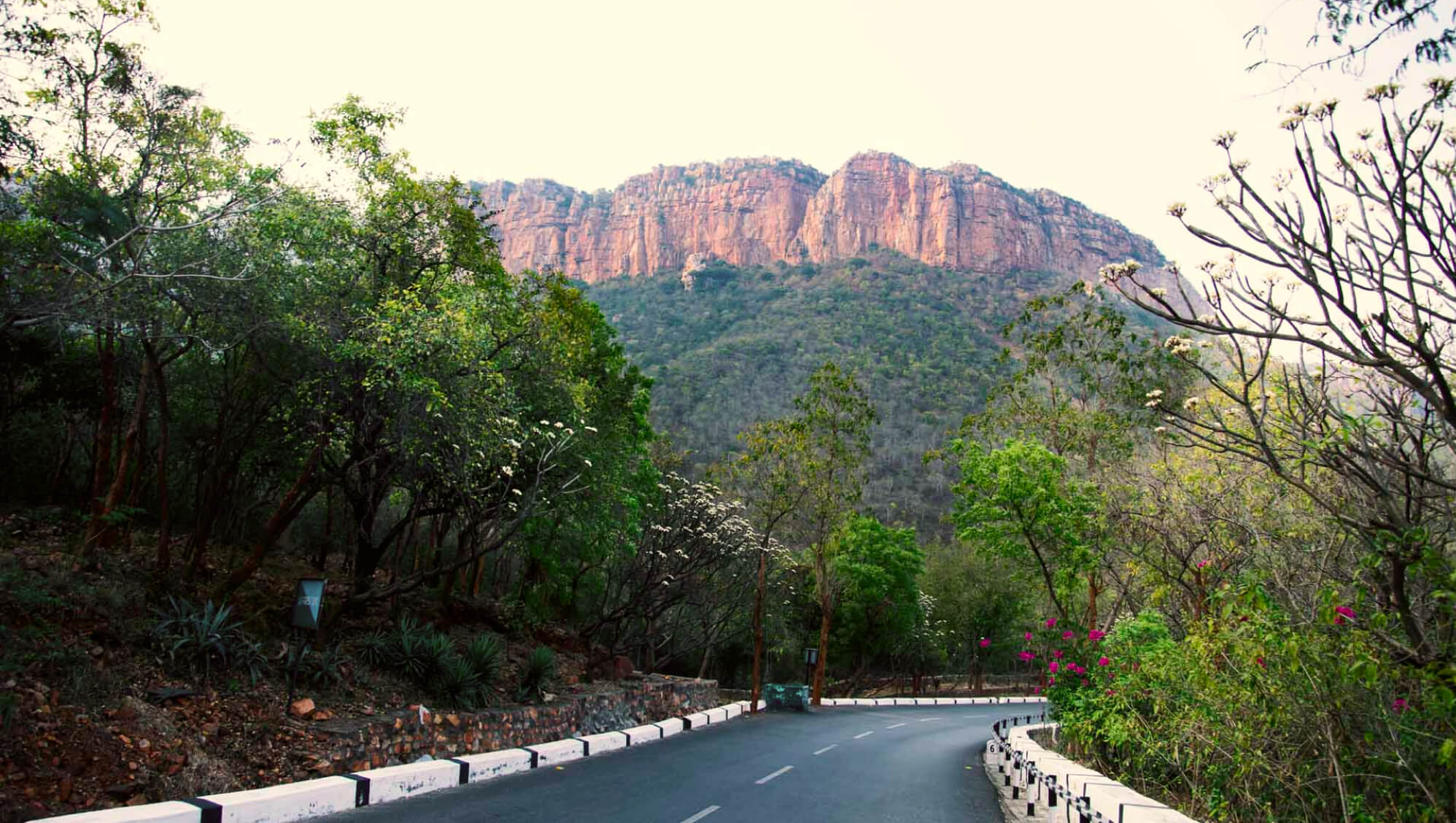
Travelling to Tirupati
Tirupati is in the state of Andhra Pradesh. The town is 581 km from Hyderabad, 252 km from Bangalore...

